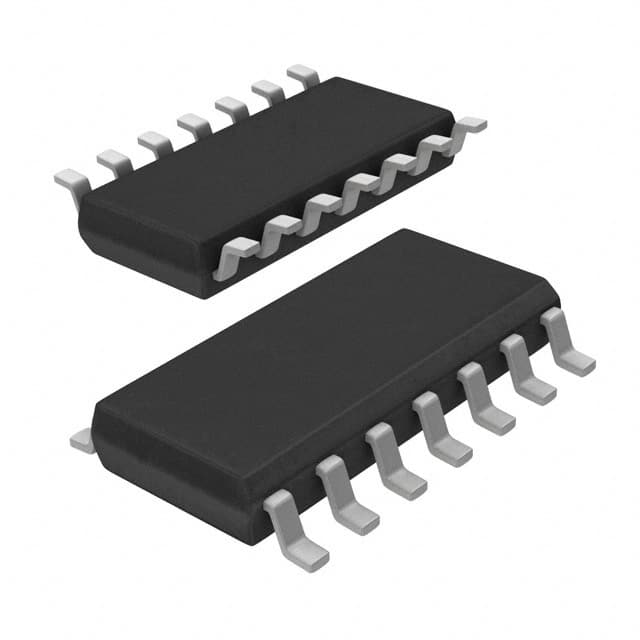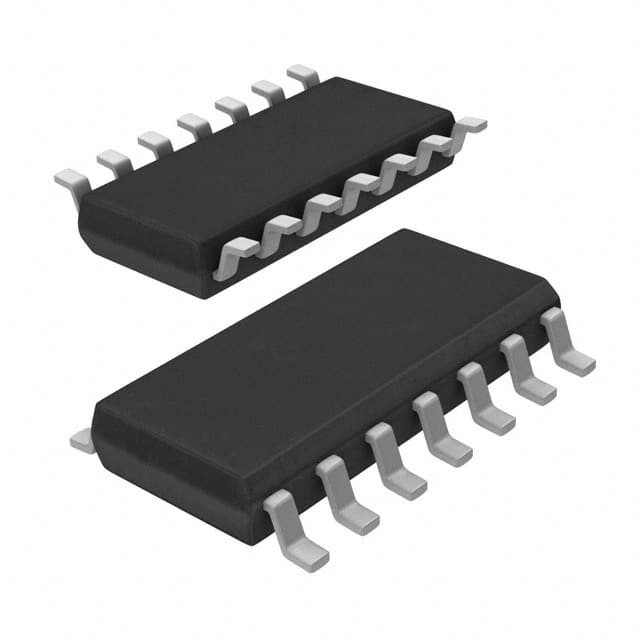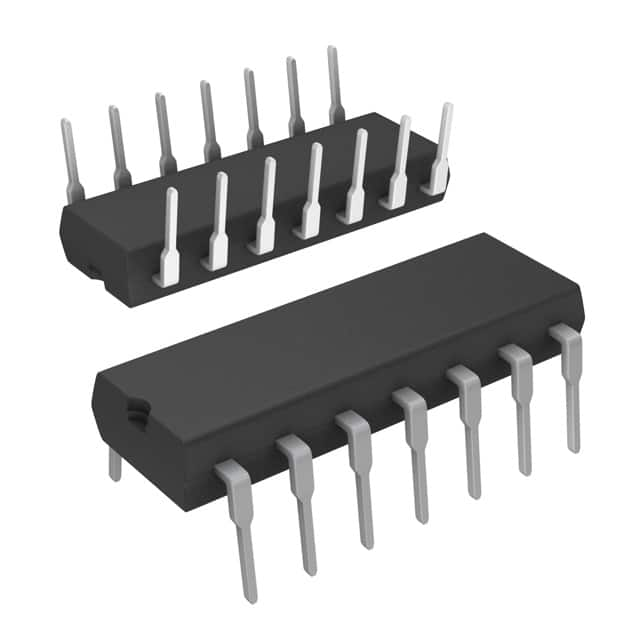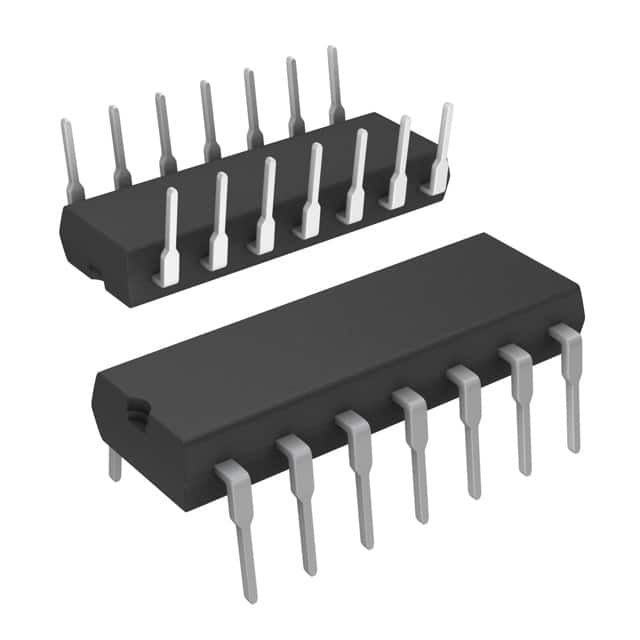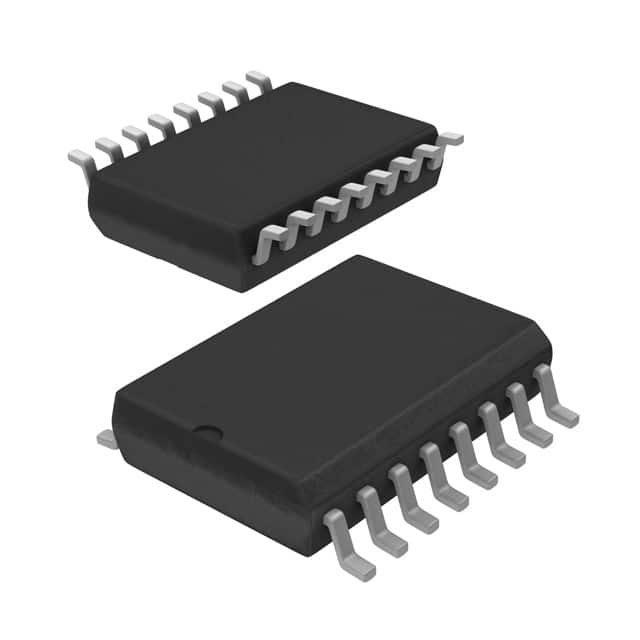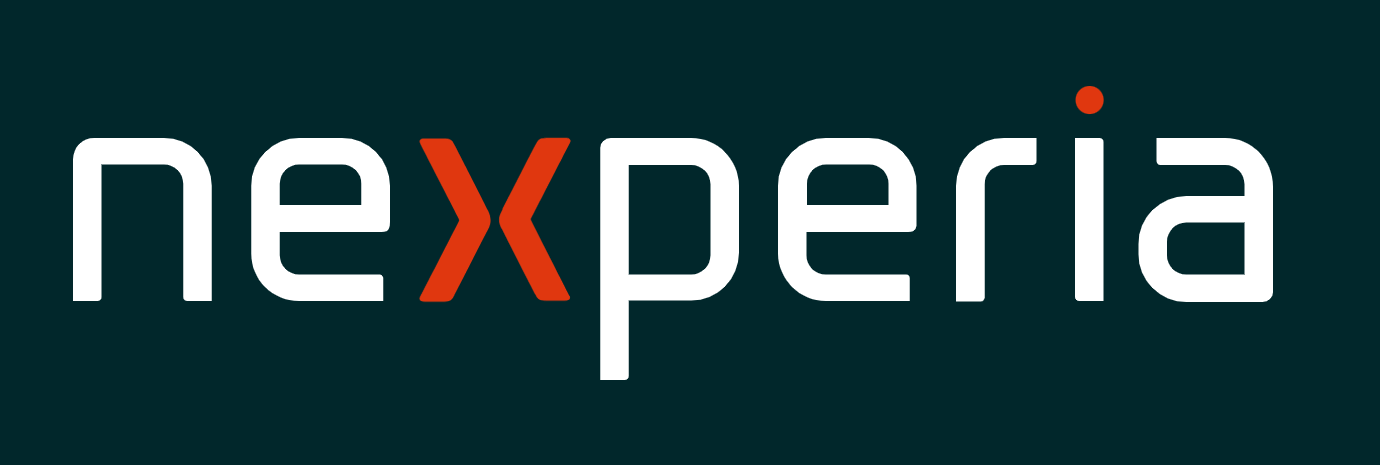N74F14D,623 Product Introduction:
Nexperia USA Inc. Part Number N74F14D,623(Logic - Gates and Inverters), developed and manufactured by Nexperia USA Inc., distributed globally by Jinftry. We distribute various electronic components from world-renowned brands and provide one-stop services, making us a trusted global electronic component distributor.
N74F14D,623 is one of the part numbers distributed by Jinftry, and you can learn about its specifications/configurations, package/case, Datasheet, and other information here. Electronic components are affected by supply and demand, and prices fluctuate frequently. If you have a demand, please do not hesitate to send us an RFQ or email us immediately sales@jinftry.com Please inquire about the real-time unit price, Data Code, Lead time, payment terms, and any other information you would like to know. We will do our best to provide you with a quotation and reply as soon as possible.
Introducing the N74F14D,623 from Nexperia USA Inc., a cutting-edge integrated circuit designed to revolutionize electronic systems. This high-performance hex inverter is packed with advanced features that make it an ideal choice for a wide range of applications.
The N74F14D,623 boasts a compact and robust design, ensuring optimal performance and reliability. With a wide operating voltage range of 2V to 6V, this IC is compatible with various power supply systems, making it versatile and adaptable to different environments.
One of the standout features of the N74F14D,623 is its high-speed operation. With a propagation delay of just 6ns, this hex inverter delivers lightning-fast signal processing, enabling seamless integration into high-speed digital systems. Additionally, its low power consumption ensures energy efficiency, making it an eco-friendly choice.
The N74F14D,623 finds its application in a multitude of fields. It is particularly well-suited for use in telecommunications, where it can be utilized in data transmission systems, signal amplification, and noise reduction. Furthermore, its compatibility with microcontrollers and digital logic circuits makes it an excellent choice for use in consumer electronics, such as smartphones, tablets, and gaming consoles.
In conclusion, the N74F14D,623 from Nexperia USA Inc. is a game-changing hex inverter that combines advanced features, high-speed operation, and versatile compatibility. Whether you are working on telecommunications or consumer electronics, this integrated circuit is the perfect solution to enhance the performance and efficiency of your electronic systems.
Gates are an important part of the transistor in the integrated circuit, especially in the field effect transistor (FET) plays a role in controlling the current interruption. By interacting with the insulation layer between the channel, it uses the electric field effect to regulate the carrier concentration in the channel, and then controls the current flow between the source and the drain electrode. The inverter is a logic electronic device that is mainly used to reverse the logic state of the input signal, that is, from a high level to a low level, or from a low level to a high level. In digital logic circuits, the inverter is often implemented as a NOT gate, which is carefully designed by multiple transistors (such as PMOS and NMOS pairs in CMOS technology), and realizes the logical reversal of the signal by controlling the switching state of the transistor. Together, they form the basis of logic circuits and demonstrate the high flexibility of integrated circuits in signal processing and control.
Application
Gates, as key components of transistors, are widely used in various integrated circuits, especially in core components such as microprocessors, memory, sensors, etc. They are the foundation for implementing complex logic functions and high-performance computing. Inverters play an important role in digital circuit design, communication systems, power management, and other fields. Through their logic inversion function, they support signal shaping, amplification, isolation, and timing control requirements. In various fields such as consumer electronics, automotive electronics, industrial automation, and data centers, gates and inverters are indispensable electronic components that help devices achieve efficient and accurate signal processing and control, promoting technological progress and industrial upgrading.
FAQ about Logic - Gates and Inverters
-
1. Which logic gate can be used as a controlled inverter?
IGBT can be used as a controlled inverter. IGBT (insulated gate bipolar transistor) is a commonly used power electronic device with high input impedance and low on-state voltage drop, which is very suitable for the production of inverters.
The application of IGBT in inverters is mainly reflected in its ability to control the switching state of power electronic equipment. By controlling the on and off of IGBT, the conversion and control of electric energy can be achieved. The switching speed of IGBT is fast, which can meet the requirements of the inverter for response speed. At the same time, its high voltage and high current resistance characteristics make it perform well in high voltage and high current occasions.
-
2. Which logic gate is used as an inverter?
NAND gate can be used as an inverter. In digital logic, NAND gate can realize the logic negation function, which is equivalent to an inverter or NOT gate.
The working principle of the NAND gate is to perform an AND operation on two input signals and then take the negation. When both input signals are 0, the output is 1; otherwise, the output is 0. This characteristic enables the NAND gate to achieve signal inversion, that is, when the input is high, the output is low, and when the input is low, the output is high.
In addition to the NAND gate, the inverter can also be implemented through other logic gates, such as the NOR gate, which can also be used as an inverter. The NOR gate performs an OR operation on an input signal and a signal that is always 1 and then takes the negation, which can also achieve the signal inversion function.
-
3. Why is it called an inverter?
The name inverter comes from its working principle of converting direct current into alternating current, that is, "reversing" the operation of the rectifier. The inverter was originally called an "inverter" because it converts direct current into alternating current, which is the opposite of the working principle of the rectifier.
The definition and basic function of the inverter is to convert direct current power into alternating current. It is a device that converts the power of a DC power source such as a battery or storage battery into alternating current power for use by various devices that require AC power.
The history of the inverter also reflects the origin of its name. Early inverters were devices that converted AC to DC, while modern inverters reversed the process and converted DC to AC. With the development of technology, inverters have changed from mechanical devices to devices with solid-state circuits, becoming an important part of the field of power electronics.
 Lead free / RoHS Compliant
Lead free / RoHS Compliant














